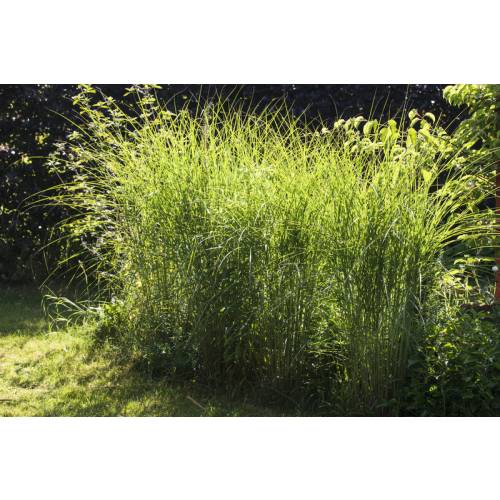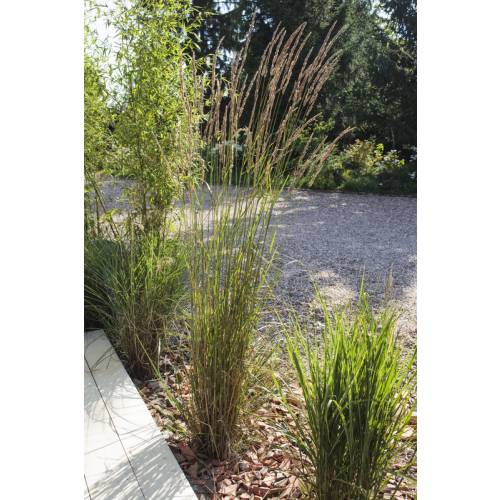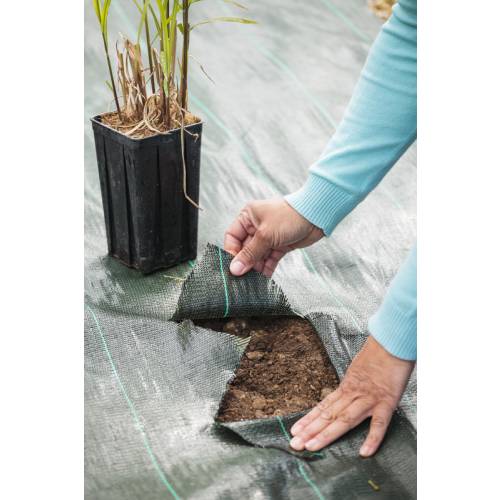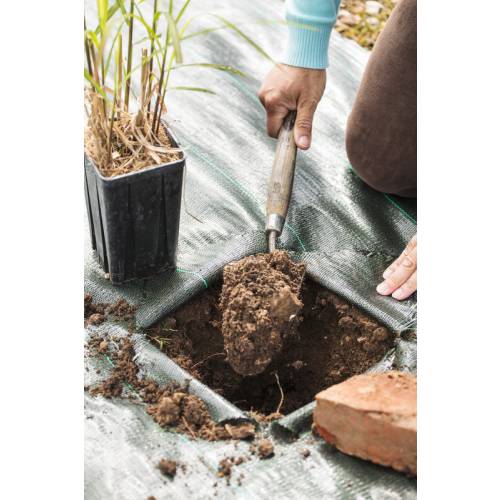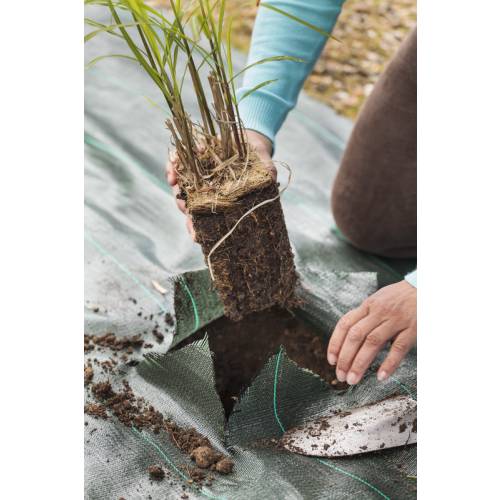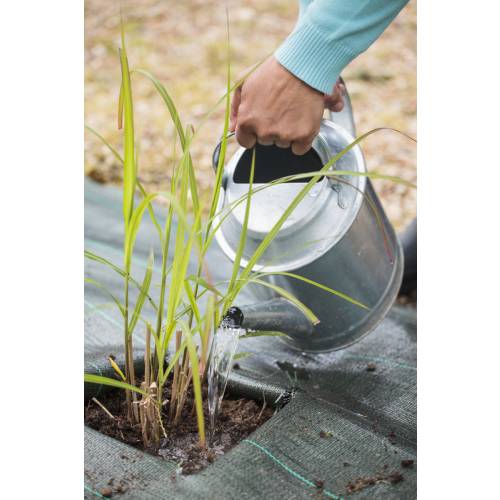
Succeed with your plantations
Planting a hedge of ornamental grasses
- Details
-
Quickly, you get a supple and non- invasive screen! With ornamental grasses, enjoy the lightness of Bamboos even in a small space, to divide all in fluidity.
Choosing the right varieties
Prefer Miscanthus (or Eulalia), which grow in dense clumps, as they present several advantages:
- No fear from suckers;
- A rapid growth, even when grown in partial shade;
- Easy to prune: everything is cut back at the end of winter;
- A beautiful autumnal shade (yellow to orangey-yellow);
- Decorative panicles in winter (they stay dry in situ over a long period).
Several varieties of Micanthus are available: all of them are suitable for hedges. In the shade, prefer the Bamboos-panda (Fargesia), more bulky but more suited to the lack of light. You can also use other ornamental grasses in hedges (Molinia/Moor Grass for example), but the result will be somehow different.
Planting step-by-step
1 Spread a canvas sheet on the clean ground.
2 Cut it in a cross shape, every 50 cm.
3 Dig a deep enough hole, in opening the canvas.
4 Put the plants in place, in each bed.
5 Fill up with planting compost.
6 Water copiously during the first year.
Care
Looking after them is really simple as Miscanthus plants grown as a hedge do not require any specific treatment. Nevertheless, there are a few rules to follow :
- Pruning : Cut back the stems at the end of winter (beginning of March), before the new shoots appear;
- Fertiliser : Fertilise your hedge once a year with a slow release fertiliser or some compost;
- Watering : The more water they get, the more beautiful Miscanthus become. A mulching canvas reduces their need in water but additional water might be needed in dry soil, if they are grown in a sunny site. - Photos (10)

